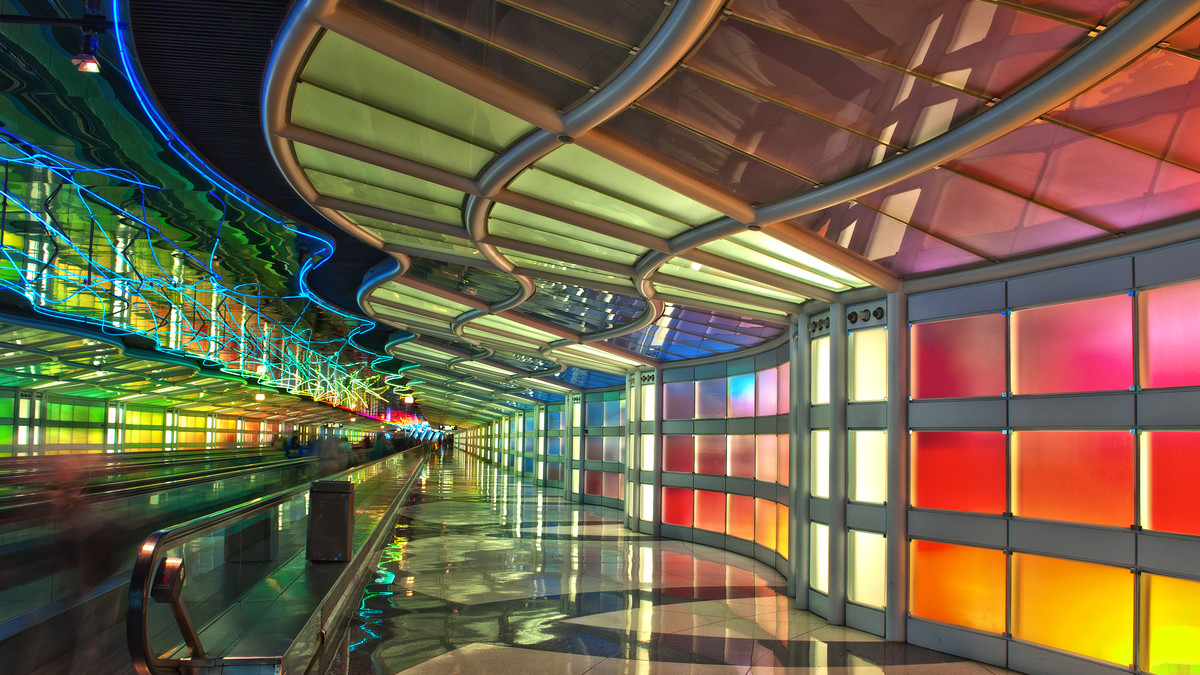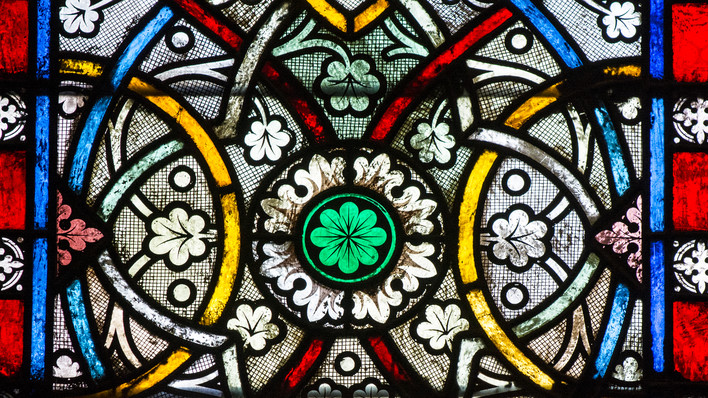When you build things, your work is very visual. The printed materials you use in your job need to be visual, too. While black text on a white page is an efficient way to communicate information, it can be too basic for your renderings, blueprints, schematics and architectural details. You need to print these documents in color to convey your vision and expertise, especially if you’re sharing them with valued clients.
Color increases brand recognition by 80 percent.1 In fact, a whopping 93 percent of consumers say “visual appearance” is the primary factor they consider when buying a new product.1
Adding a dash of color is a cost-effective way to support and brand your business. You’ll want to choose wisely, though, as each color can mean different things. Here’s what you need to know to leverage its power.
Yellow
If optimism was a country, the national flag would be yellow. Studies have shown that yellow actually triggers the release of serotonin, one of the chemical’s responsible for happiness and contentment. Maybe that’s why smiley faces are always bright yellow! A touch of yellow can brighten up spec sheets as well as highlight special details on renderings.
Tip: Yellow is a potent color, so use it as an accent. Too much yellow can be overpowering.
Orange
Orange symbolizes strength, playfulness, ambition, and youthfulness. Orange has the much of the same feeling of cheerful exuberance as yellow. If the things you design or build are for fun or recreation, orange could be your color!
Tip: Consider using orange for the “call-to-action,” in a brochure or contract.
Red
If you want to command attention, red is the color for you! Red is the color of alarms, flames, and above all, romance. It’s been proven that the color red escalates the body’s metabolism. Use red call attention to details or features.
Tip: The attention-getting nature of red stimulates people to take action — and that’s a good thing for any business owner! Consider using it in your headlines or data sheets.
Purple
Combine blue and red and you get purple: the color of kings. Purple can make your customers feel cool, calm and prosperous. This is a good color to choose when you’re building in the high-end or luxury market.
Tip: Purple signifies credibility. It’s an excellent color to use in a flyer with a customer testimonial.
Blue
Blue creates a calm, contemplative atmosphere. It’s the color of a pristine lake, or a cloudless sky. It’s also most people’s favorite color. Blue looks professional, and is a good choice if you serve industries where trust is important, such as in banking.
Tip: Blue appeals to a wide audience, imparting a sense of balance and harmony to any printed material. Of course, it’s the perfect color to use on blueprints!
Green
As the most dominate color in nature, green represents fertility and abundance. It’s associated with growth involving that other kind of green—money—and it’s one of the easiest colors for the human brain to recognize. Green is also a good choice if your business is environmentally friendly and sustainable.
Tip: If your goal is to communicate growth, green is the color you’ll want to use. Use green in your surveys and master planning documents.
Brown
Brown is a conservative color, representing humility and quiet confidence. The right shade of brown is reminiscent of fine wood and leather. In your marketing, brown can be a good background for showing off your materials.
Tip: As a neutral shade, brown is useful in balancing out stronger colors. Use it to communicate a feeling of luxury in brochures or schematics.
Gray
As the ultimate neutral color, gray selflessly intensifies any color next to it, helping adjacent colors to “pop.” Gray communicates strength, sturdiness and longevity. Use it in combination with any of the above colors for impact.
Tip: Gray is a great alternative to black or white. Use dark gray text to imbue your printed materials with a feeling of strength, reserve, and timelessness. It’s a good choice to use in your schedules or floor plans
Every detail helps when it comes to printed materials. Colors effect mood, and can be a sole or contributing reason for a prospective client choosing your company in many cases. Examine your schemes carefully when designing your next rendering, spec sheet, or project bid, and use your hues as a force multiplier – helping to increase the success of your important visual communication tools.
Learn more about Epson’s complete line of Business Inkjet printers at epson.com/businessinkjet.
Sources:
1. https://neilpatel.com/blog/color-psychology/
![]()



